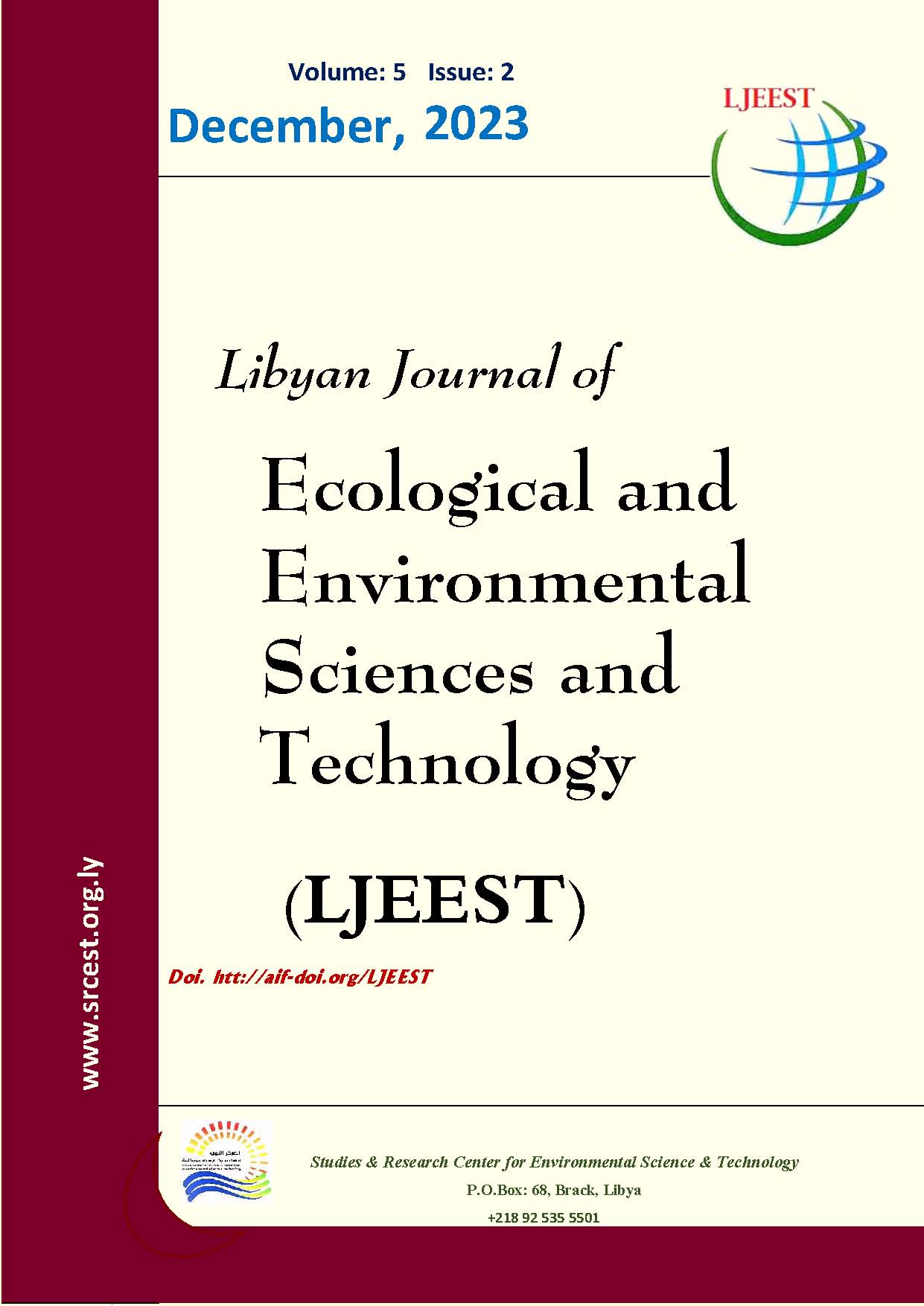Development of A Questionnaire for Nests Identification and Sooty Falcons (Falco concolor) Monitoring in South eastern Libya
DOI:
https://doi.org/10.63359/xyf11575Keywords:
Sooty falcon, IUCN, nesting, birds, eastern LibyaAbstract
Sooty falcon (Falco concolor) breeds colonially in hot, arid deserts and coastal habitats without vegetation, and on coral islands, where its breeding coincides with the autumn migration of the small birds on which it feeds. It nests in a hole or on a cliff ledge, but sometimes at other sites such as old herons’ nests and camel markets. A questionnaire was distributed to bird of prey breeders in eastern Libya with the assistance of the Life Organization for the Protection of Wildlife and Marine Organisms, IUCN member. The questionnaire aimed to collect information for a study on surveying and locating nests and monitoring sooty falcons. Seventy-two breeders and individuals interested in the topic completed the questionnaire, providing their observations of the Sooty Falcon, including identified pairs of birds throughout the year, individuals, nesting locations, number of eggs, and food sources. The study found that Jaghbub had a significant increase in both the number of Sooty Falcon nests and single birds compared to Tazirbu. The years 2021 and 2022 showed a notable increase in the number of single birds and nests. These findings provide valuable insights into the population dynamics and breeding patterns of Sooty Falcons in the Jaghbub and Tazirbu regions. In conclusion, the study provided valuable information about the Sooty Falcon's presence and behavior in eastern Libya, which can be used to inform conservation efforts for the species. The results of the study also highlight the importance of involving local communities in wildlife research and conservation.











